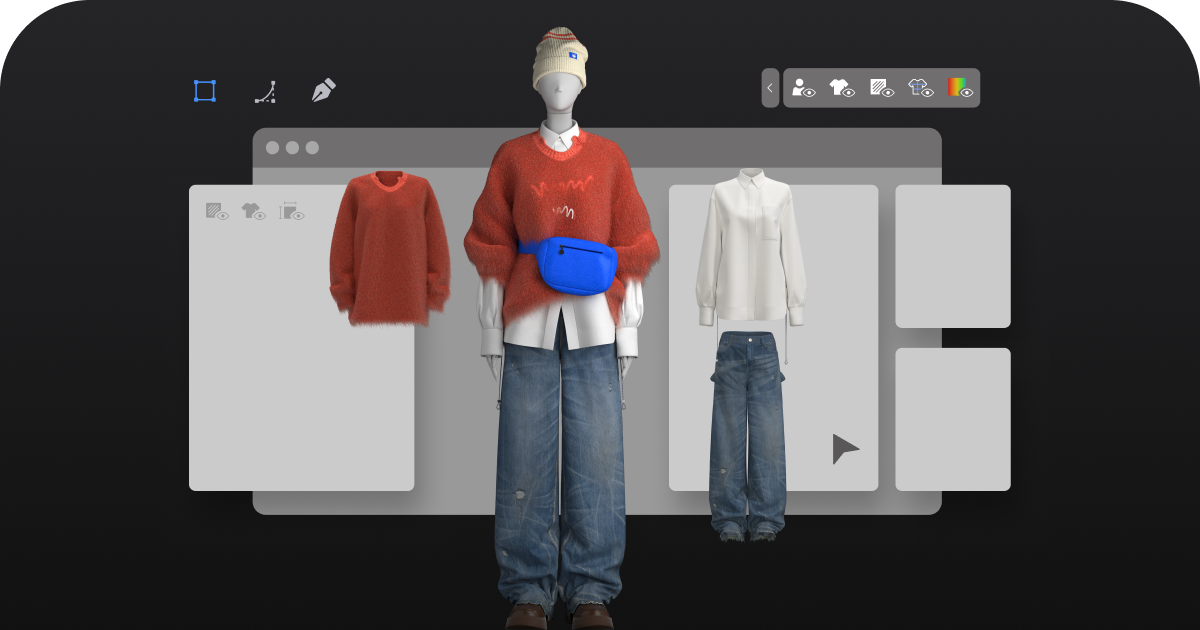
# Fashion Design Software: Tools for Modern Creatives
## The Evolution of Fashion Design Software
Fashion design software has revolutionized the way designers create, visualize, and produce their collections. Gone are the days when designers relied solely on paper sketches and physical prototypes. Today’s digital tools offer unprecedented precision, efficiency, and creative freedom.
From simple pattern-making programs to comprehensive 3D design suites, these tools have become essential for both established fashion houses and independent designers looking to streamline their workflow and bring their visions to life with greater accuracy.
## Key Features of Modern Fashion Design Software
Contemporary fashion design software typically includes these essential features:
- Vector-based drawing tools for precise sketches
- Digital pattern-making capabilities
- 3D garment simulation and draping
- Color palette and fabric texture libraries
- Collaboration tools for team projects
- Integration with manufacturing processes
Popular Fashion Design Software Options
The market offers various specialized tools catering to different aspects of fashion design:
- Adobe Illustrator – The industry standard for fashion sketches
- CLO 3D – Advanced 3D garment simulation
- Browzwear – Comprehensive 3D design and prototyping
- Optitex – Powerful pattern-making solution
- Lectra Modaris – Professional pattern development software
## Benefits of Using Digital Design Tools
Transitioning to digital fashion design tools offers numerous advantages:
| Benefit | Description |
|---|---|
| Time Efficiency | Rapid iterations and modifications without starting from scratch |
| Cost Reduction | Minimizes physical prototyping expenses |
| Sustainability | Reduces material waste during design process |
| Precision | Exact measurements and consistent scaling |
Choosing the Right Software for Your Needs
When selecting fashion design software, consider these factors:
- Your specific design focus (apparel, accessories, footwear)
- Technical skill level and learning curve
- Compatibility with your existing workflow
- Budget constraints and subscription models
- Required output formats for manufacturers
Many software providers offer free trials, which can help you determine which tool best fits your creative process before making a financial commitment.
## The Future of Fashion Design Technology
Emerging technologies are pushing fashion design software into exciting new territories:
- AI-assisted design suggestions and pattern generation
- Virtual and augmented reality integration
- Blockchain for digital garment authentication
- Cloud-based collaborative platforms
- Advanced material simulation for sustainable fabrics
As these tools continue to evolve, they’re democratizing fashion design, making professional-grade capabilities accessible to creatives at all levels while helping the industry become more sustainable and efficient.